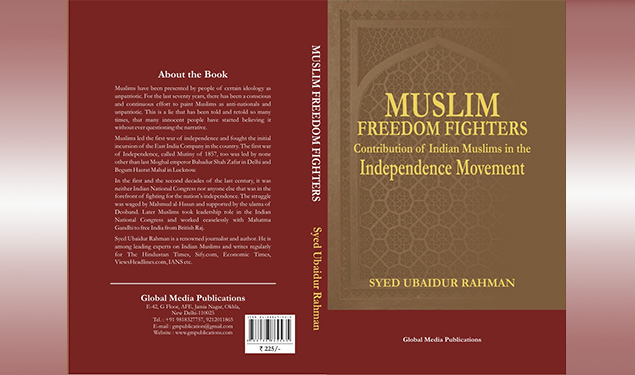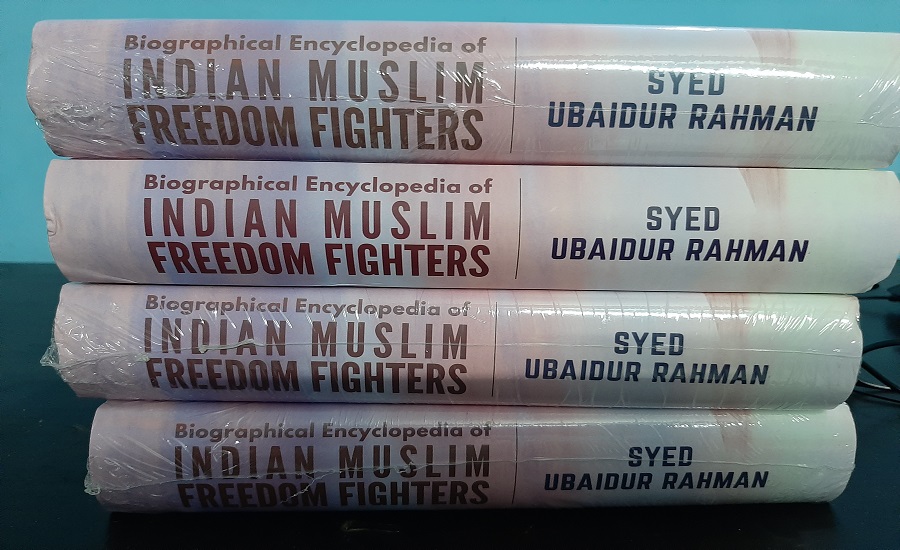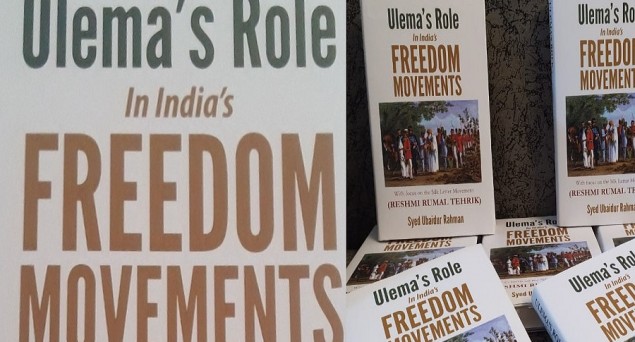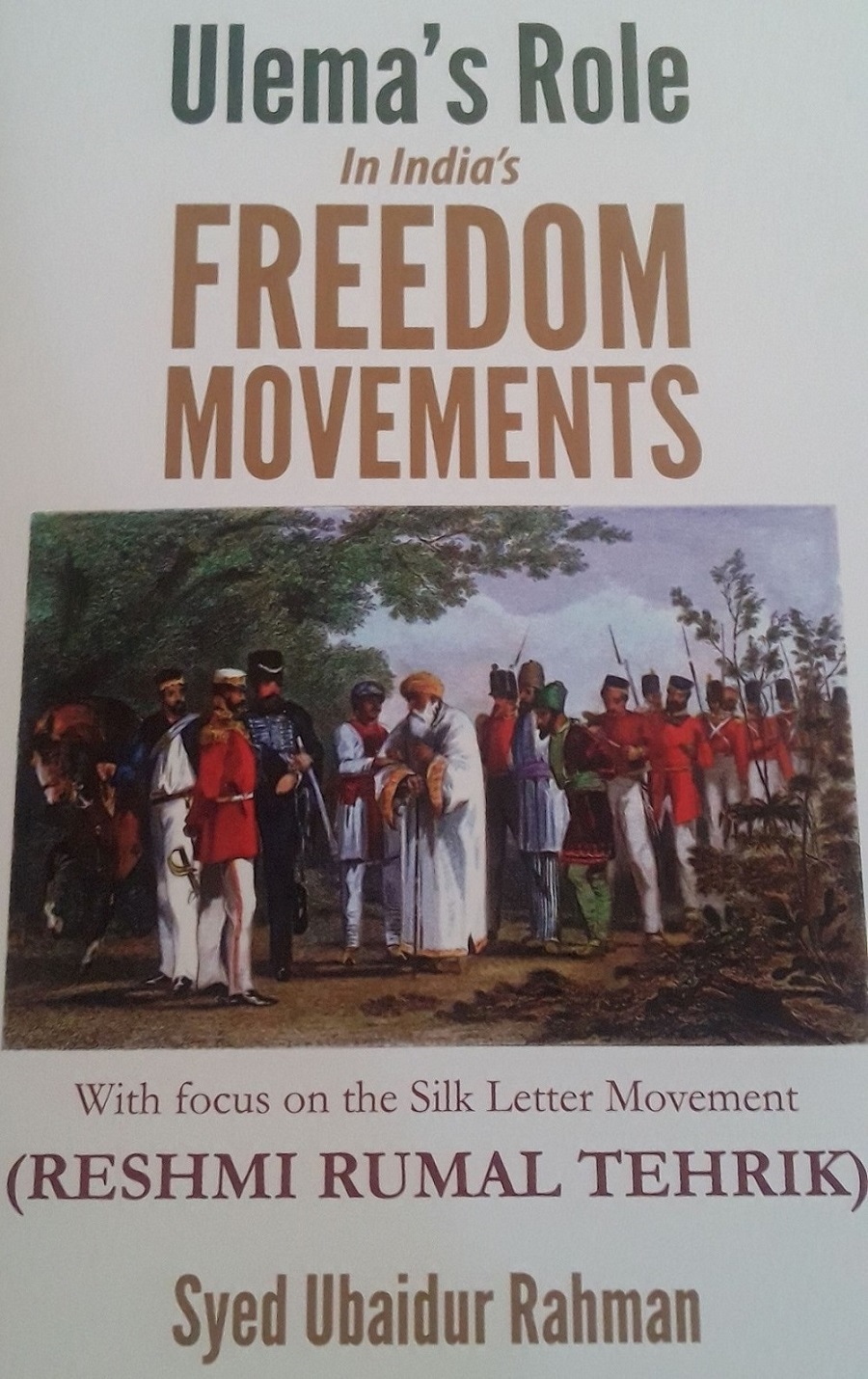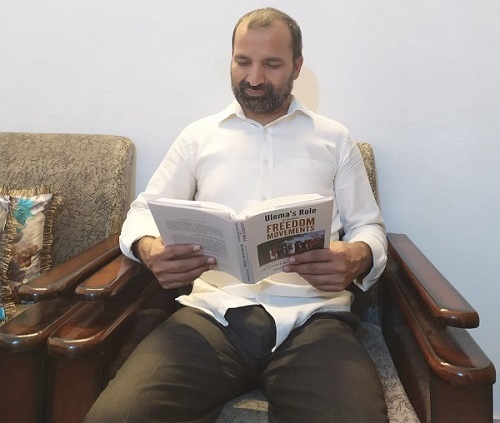NEW DELHI :
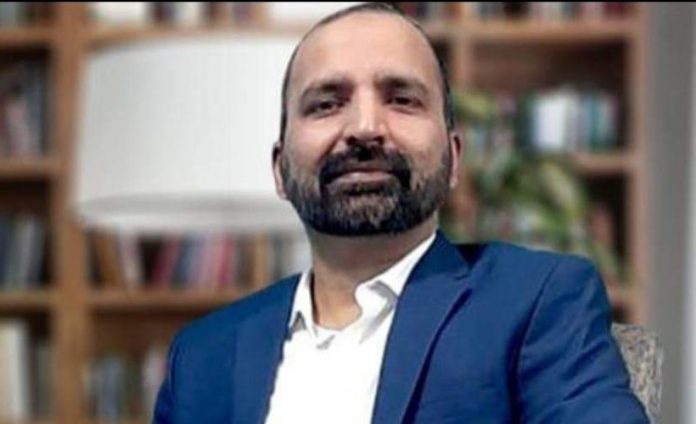
Syed Ubaidur Rahman is an author based in New Delhi who seems to have completely dedicated his life for preserving Indian Muslim history. In the last five years he has authored at least five books, three of which have been highly acclaimed. Among these are ‘Forgotten Muslim Empires of South India: Bahmani Empire, Madurai, Bijapur, Ahmadnagar, Golconda and Mysore Sultanates’, ‘Ulema’s Role in India’s Freedom Movement’, and ‘Biographical Encyclopaedia of Indian Muslim Freedom Fighters’. His objective is to systematically preserve Indian Muslim history. In this interview, we discuss his work and the obstacles he has encountered. Following is an excerpt from his interview.
MM: Why you are trying to preserve Indian Muslim history?
SUR-This is a bitter truth that as a community Muslims are good in forgetting their heroes. If I ask you to name a couple of heroes here from south India, there may not be many people who would be able to name more than a couple of names. And certainly not about the Bahmanis or the Adil Shahis or Nizam Shahis. This is a tragedy of Himalayan proportions and we are paying the price for our ignorance when our own history is being threatened with completely being erased not by other people or other organizations or the government, but by ourselves.
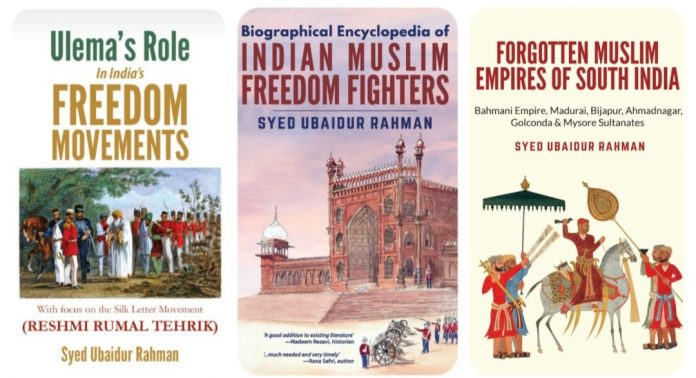
MM: Muslim history was usually written in Urdu language. Why did you find the need to write in English
SUR: That assumption might not be true. Books have been written on the history of South India, including Bahmani Empire, Adil Shahi, Nizam Shahi, Qutb Shahi and Mysore Sultanates, though in very small numbers. However, most of them are out of print. Haroon Khan Sherwani, a renowned historian from Hyderabad had written an excellent book on the history of Bahmani Empire, besides also writing in detail on the history of the Qutb Shahis of Golconda Sultanate, however, unfortunately these books are out of print and nowhere available. I don’t find any meaningful book written either on the Bahmani Empire or the subsequent Deccani sultanates in Urdu. There are many good books written on the Mysore Sultanate, especially on the life of Tipu Sultan and the best of them are in English. Muhibbul Hasan’s biography of Tipu Sultan is English and it is among the best.
MM: Why you wrote on the history of South Indian Muslims?
SUR: There is no denying the fact that there is a huge population of Muslims down south. However, unfortunately, unlike Muslims in North India, the history of South Indian Muslims, their ruling dynasties and the Muslim empires hasn’t been documented in as much detail as it was needed. Even in the case of north India, the focus has always remained on the history of Mughals who ruled the country for close to three hundred years. The history of the Delhi Sultanates and its different dynasties has been rather very well documented. But other than the Mughals and the Delhi sultanates, not much has been written on different dynasties that have ruled different regions in the North including the ruling dynasties of the Sharqi Sultanate that was based in Jaunpur or the Muslim sultanates of Bengal, that were very powerful and existed for centuries. Similarly the history of ruling Muslim dynasties of sultanates of Gujarat, Malwa and Khandesh hasn’t been given much attention.
I am trying to document the history of Muslims in medieval India and my book ‘Forgotten Muslim Empires of South India’ is the first volume of the series. This book documented Bahmani Empire, Adil Shahi Sultanate of Bijapur, Nizam Shahi Sultanate of Ahmadnagar, Qutb Shahi Sultanate of Golconda and Mysore Sultanate that was founded by Hyder Ali.
The next volume will cover the history of Sultanate of Gujarat, Sultanate of Malwa and also the sultanate of Khandesh, besides a detailed chapter on the Nizams of Hyderabad, inshaAllah.
I must add here that the history of the Muslims in South India is as dazzling as the Delhi Sultanate or the Mughal Sultanate. At one point in early fifteenth century, the Bidar based Bahmani Empire was the most powerful empire not just in South India but across the Indian Subcontinent.
MM: What do you feel about the rewriting of history project in India
SUR: There is no denying that among the many serious challenges facing the Indian Muslim community at the moment, the foremost is preserving their history and heritage. Without any iota of doubt, this has become all the more important given the fact that there are efforts to rewrite Indian history now. And the most important period they intend to rewrite is the medieval period. This project, spearheaded by the Indian Council of Historical Research titled ‘Comprehensive History of India’, is expected to have at least twelve volumes. They have emphasized that while writing these volumes they will not be depending on ‘Euro-centric’ resources and would go by vernacular resources. However there isn’t much literature available on history in vernacular languages even regarding important political events of the medieval period. It may sound completely bewildering to many, but there is no reference at all in any medieval Indian texts regarding the numerous raids conducted by Mahmud of Ghazni deep inside India. Abraham Eraly believes the Indian chroniclers of the time didn’t consider those events worth recording as they were more interested in penning ‘inane romances’.
MM: What is the impact of your work till now?
SUR: It is a rather very short period of time to make any impact felt. It will take time to reach a wider audience and create awareness about our own history and heritage. However, my books on the freedom movements including ‘Biographical Encyclopaedia of Indian Muslim Freedom Fighters’ and ‘Ulema’s Role in India’s Freedom Movements’ have helped create awareness about the Muslim community’s major contributions in India’s different phases of the freedom movement. Without the involvement of the Muslim community, especially the clergy or ulema, the dream for an independent India would have remained a mere pipedream.
Similarly, my latest book ‘Forgotten Muslim Empires of South India’ has brought the history of Muslim kingdoms, sultanates and empires in South India in focus. Many people, who call themselves well-read, have admitted to me personally that they never had any idea that there was a Muslim sultanate in Madurai. Not many thought that a powerful empire ruled a huge swath of land in South India, an empire that stretched from coast to coast. Bijapur’s Adil Shahi sultanates, in the 17th century had taken over the remnants of the Vijayanagar Empire and had become a huge empire in itself. Besides, the beauty and splendour of the Bahmani courts or the courts of the subsequent sultanates was dazzling. The rich history of the Muslims in south India is mesmerising and a revelation of sorts for not just people in the north, but in South India itself.
source: http://www.muslimmirror.com / Muslim Mirror / Home> Indian Muslim> Interview / by Syed Ubaidur Rahman / May 28th, 2023
